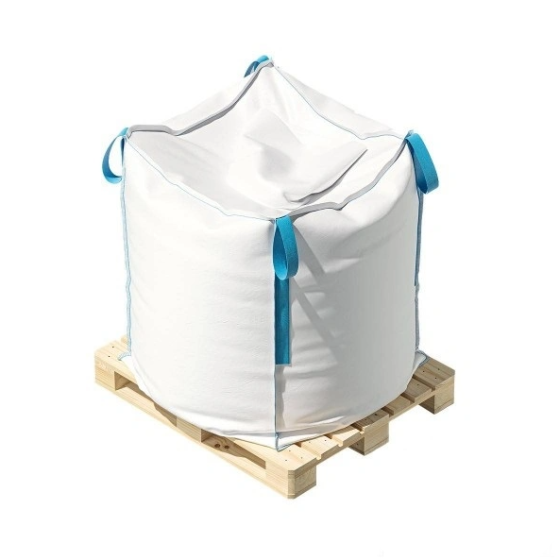Calcium Chloride (CaCl₂)
Calcium chloride: Anti-icing agent, Anti-dust reagent, Dust reagent, Concrete setting accelerator Use: Chemical industry, Wood industry, Forestry, Construction, Metallurgy, Road services
Calcium Chloride (CaCl₂) for Dust Control on Roads
Calcium chloride (CaCl₂) is frequently used for dust control on roads due to its hygroscopic properties, meaning its ability to attract and retain moisture. This makes it an effective solution for combating dust, especially on gravel and dirt roads.
Key Advantages of Using Calcium Chloride for Dust Control:
- Hygroscopic Nature:
- Calcium chloride draws moisture from the air and surrounding environment, which helps keep the road surface damp. This significantly reduces the amount of airborne dust.
- Effectiveness:
- When applied to roads, CaCl₂ forms a thin layer of moisture that holds down dust and fine particles on the surface.
- This helps maintain cleaner and safer roads for extended periods.
- Reduced Road Maintenance Costs:
- Reducing dust decreases wear and tear on roads and vehicles.
- The need for frequent watering and grading is minimized, leading to lower maintenance expenses.
- Cost-Effectiveness:
- CaCl₂ is relatively inexpensive, and its use is more cost-effective than using water or other chemicals for dust control.
- Improved Road Conditions:
- Lowering dust levels improves visibility on roads, enhancing driver safety.
- It reduces the number of airborne particles, positively affecting the health of people living near the roads.
Application of Calcium Chloride:
- Application Methods:
- CaCl₂ can be applied in dry form (granules or powder) or as a solution (mixed with water).
- The solution is spread using specialized spraying equipment.
- Frequency of Application:
- The frequency of application depends on the climate, traffic, and road conditions. In some areas, one or two applications per season are sufficient, while in others, more frequent treatments may be required.
- Dosage and Concentration:
- Standard doses vary depending on the conditions, but solutions with CaCl₂ concentrations from 30% to 35% are commonly used.
Environmental Impact and Safety:
- Environmental Considerations:
- Calcium chloride is relatively safe for the environment when used correctly. However, excessive use can lead to salt accumulation in soil and water bodies, potentially affecting vegetation and aquatic ecosystems.
- Impact on Infrastructure:
- Like other salts, CaCl₂ can cause corrosion on metal surfaces. This should be considered when used near metal structures and vehicles.
- Safety Precautions:
- When handling calcium chloride, precautions should be taken, such as wearing protective eyewear and gloves to avoid skin and eye irritation.
Conclusion
Using calcium chloride for dust control on roads is an effective and economical way to keep road surfaces clean and safe. However, potential environmental and infrastructural impacts should be considered to minimize negative effects on the environment and infrastructure.
Security
Signal word – Warning
Stickers (Pictogram) – GHS07
![]()
Hazard statements –
H319 – Causes serious eye irritation.
Precautionary statements –
P301 + P312 – IF SWALLOWED: Call a POISON CENTER or doctor if you feel unwell.
P280 – Wear protective gloves/protective clothing/eye/face protection
P305 + P351 + P338 – IF IN EYES: Rinse cautiously with water for several minutes. Remove contact lenses if you have them and this is easy to do. Continue rinsing
UN number – UN 1453
Hazard Class – 5.1
Packing Group – II
| Weight | 25kg |
|---|---|
| Product type | Granules |
| Package (acids) | Bag 25 kg, Big-bag 1000 kg |
| Formula | CaCl2 |
| Cas | 10043-52-4 |
| EC | 233-140-8 |
| UN | UN 1453 |
| Hazard class | 5.1 |
| Packaging group | II |
| Stickers (icon) | GHS07 |
| Signal word | Danger |
| Color | Brown |





